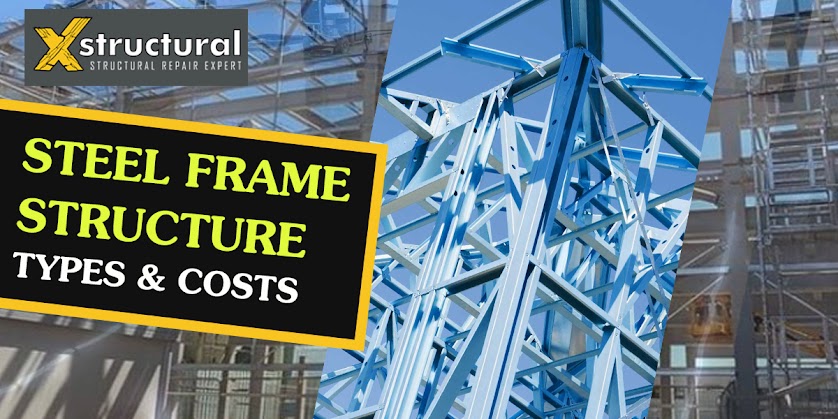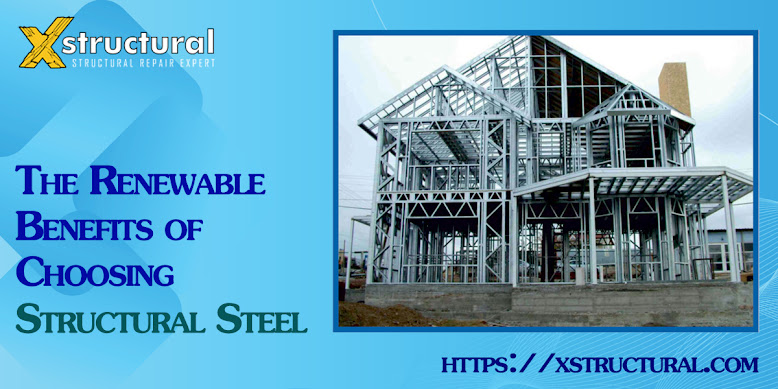Steel Frame Structure: Types & Costs
While the term "alloy" has been used to refer to a material that has been used on a regular basis, it has also been used to refer to a material that has been used on a regular basis. One of the main reasons for this has been the inefficient process of mass production for sill replacement contractor Newton in general, which is why the first use of steel frame structures dates only from the late 19th century.
Vertical columns and horizontal beams can be connected in a variety of ways. Welding, riveting, and bolting are three of the more common methods. The term "skyscraper" refers to the structure of a building. That is not to say that other building types cannot be constructed with steel frames; many industrial buildings, warehouses, and residential properties use steel frame structures as their foundation with no problems.
Short Comings And Advantages of Steel Frames
Each frame material on the market has its own downsides and strengths, and steel is no different - there are several positive factors about steel when compared with other materials, and there are also a few potentially troublesome factors to keep in mind, too. We're going to start with steel frame construction advantages:
- Mass Fabrication
When deciding between different materials, it's important to remember that steel is the most easily mass-produced in a wide range of sizes and shapes.
- No Pest or Insect-related Weaknesses
Steel is straight-out immune to the degradation caused by either mammals or burrowing insects.
- Resistance to Fire
Steel has excellent fire resistance, with little to no potential for fire spread and the ability to improve this parameter with flame-resistant coatings. But there is a catch, which we will discuss when we discuss the disadvantages or termite damage repair contractor South Boston.
- Durability
Steel is both stronger and lighter than a typical wooden frame, removing the board's entire durability issue.
- Moisture And Other Factors
While steel is not impervious to various types of moisture, it is highly resistant to corrosion. It can be improved by changing the nature of the alloy or by using various coatings and treatments to improve steel's rust resistance - which is critical for specific structure types such as bridges that are constantly exposed to various weather effects.
- Low Energy Retention
While steel is relatively heat resistant, its thermal conductivity parameters are far too high for it to be an effective material for retaining energy in a building. This issue may be partially alleviated by various insulation measures, but it is still something you will have to live with one way or another.
Also read about, What Are Beams and Columns in Structural Engineering?
- Precision Is a Requirement
With timber frames, there is always some leeway for on-site adjustments, such as trimming components to size or nailing joints together. Unfortunately, you cannot do that with steel; all steel production calculations must be as precise as possible, because all steel frame parts are delivered in their final form on-site. Additionally, even one miscalculated steel part has the potential to stop the entire construction process before this particular part is created in the correct way.
- A Lot of Supplementary Structures
Steel frame structures are also heavily reliant on various structural elements, such as insulation, drywall, sheathing, and even various wooden components. It also makes for a longer construction process, but most of the time prefabrication time savings outweigh any of these potential delays.
Timber Frames And Steel Frames- What’s The Cost?
While there are many other factors to consider when comparing different frame materials, one stands out above the rest: the cost of building a frame with a specific material. This is where the majority of the cost difference comes from, including installation and production costs. There is a large margin of error depending on the quality of the steel, the complexity of the structure as a whole, and many other factors. It's also true that steel is a more expensive option than wood for smaller house frames (personal small and medium-sized homes). It's not uncommon for steel frames to cost several times more than timber ones, as well.
Conclusion
As you can see, steel frames have their own use cases where they excel, primarily with industrial structures, multi-story buildings, and so on. However, we've also attempted to be reasonably objective, listing both the benefits and drawbacks of steel frames as a whole, so that your decision is informed and based on complete knowledge of the subject.
For more information about why you should hire structural steel contractor Newton for your project, don't hesitate to contact XStructural today for all your custom construction design assistance needs. Call us on +1-6173-041-462 or email us via info@xstructural.com.



Comments
Post a Comment